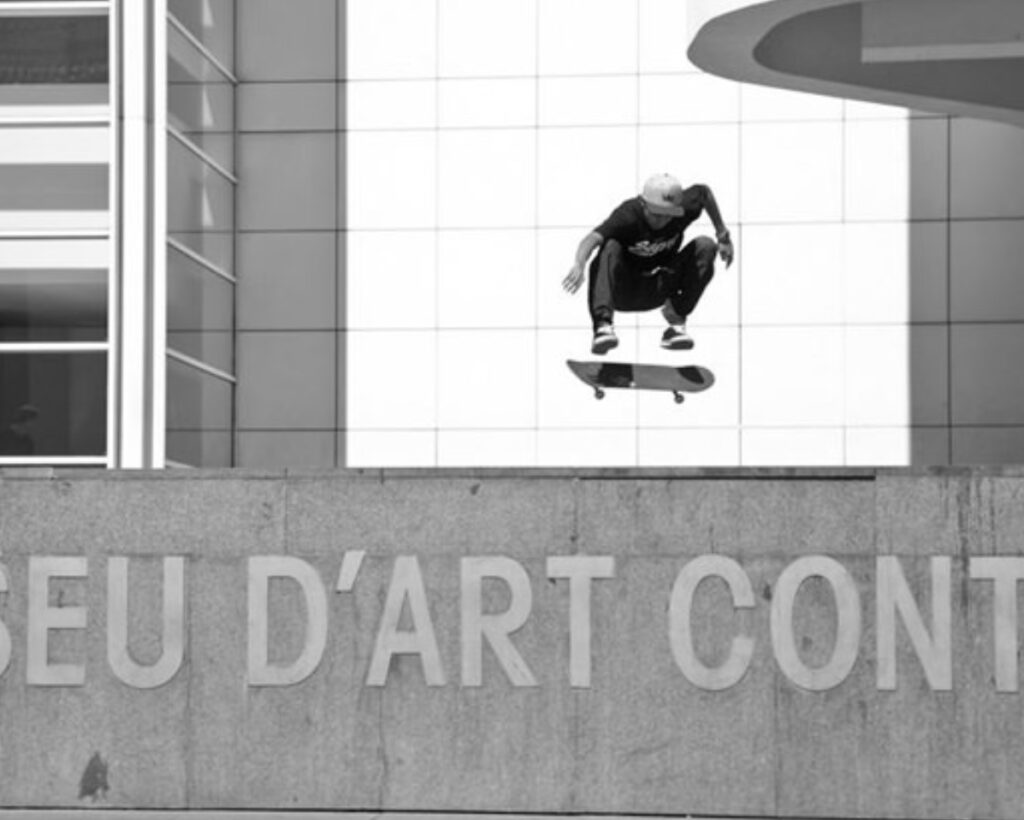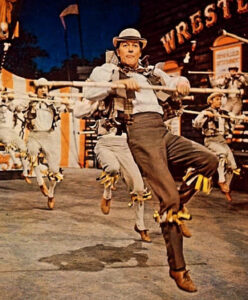In the world of skateboarding, there are a few cities that have ascended into near-mythical status. Places where marble plazas stretch for blocks, where the architecture seems tailor-made for manuals and nollies, and where the local culture not only tolerates skateboarding—but celebrates it. Barcelona, Spain, is that city. And in the 2018 episode of GET LOST, a skateboarding travel series that highlights the best destinations for skaters around the globe, the Catalonian capital is held up as nothing short of a mecca.
The Origin Story: How Barcelona Became Skateboarding’s Capital
Barcelona wasn’t always a skate city. It earned that title slowly, organically, and not by municipal design. In the 1990s and early 2000s, as street skating began to dominate skate media and major brands pivoted from vert ramps to the streets, Barcelona emerged as a backdrop in countless skate videos. The city’s dense, well-connected neighborhoods, public transit ease, and infinite urban “furniture” made it a dreamscape for professional and amateur skaters alike.
Plazas like MACBA (Museu d’Art Contemporani de Barcelona), Parallel, and Universitat became world-famous not only for their architecture but for their appearance in legendary video parts from skaters like Mark Gonzales, Chet Childress, and later Lucas Puig. As skateboarding media proliferated, the visibility of these spots grew—and so did their magnetism.
MACBA: The Holy Ground
Any conversation about skating in Barcelona inevitably starts with MACBA. It’s more than a museum. It’s a monument to urban play. The expansive, marble-lined plaza outside the contemporary art museum offers smooth surfaces, benches, ledges, stairs, rails, and transitions—all in one place. It’s a skater’s buffet, and it’s rare to visit the site without witnessing a crew filming tricks, locals waxing ledges, or tourists snapping Instagram shots mid-kickflip.
In GET LOST: Barcelona, MACBA is framed not just as a spot but as a community. Skaters from all over the world congregate there—language barriers fall away, and the universal grammar of grinds and flips takes over. It’s not just a place to skate, but a place to belong.
Urban Design for Skaters (Accidentally)
One of Barcelona’s unintentional strokes of genius was its commitment to thoughtful, modernist public planning. Much of the city was renovated or updated in preparation for the 1992 Olympics. The outcome was a range of new plazas, promenades, and civic spaces that were minimalist, durable, and open—all of which turned out to be perfect for skateboarding.
The materials used—especially smooth granite and marble—provide frictionless surfaces ideal for skating. Ledges are at optimal height, railings are consistent, and stair sets are spaced just right for setups and landings. Unlike cities that try to deter skaters with hostile architecture (spike ledges, skate stoppers), Barcelona’s public landscape accidentally embraced them.
Even outside of MACBA, the city is dotted with legendary spots:
- Parallel: low ledges and a rhythmic layout
- Universitat: tall hubbas and plaza-like openness
- Forum: with its iconic downhill lines and water-facing ledges
- Sant Andreu: a newer, less-touristy gem for local shredders
Skateboarding in Barcelona doesn’t require a map—just a board and a willingness to follow your wheels.
Accessibility and Flow
Another factor that elevates Barcelona is its compactness and urban rhythm. The city is incredibly walkable, and its efficient Metro system means that even if you want to hit five or six iconic spots in a single day, it’s more than possible. A few euros on a TMB ticket can shuttle a skater from MACBA to the Forum and back again—with time for tapas in between.
In GET LOST, the episode tracks these transitions fluidly. The city seems designed for continuous motion. Skaters can weave in and out of daily life without creating tension or needing to relocate every hour due to security guards or complaints—something that plagues skate scenes in more policed urban environments.
Culture and Acceptance
Barcelona’s culture of tolerance is crucial. Skateboarding has not only been tolerated here; it’s been absorbed. Street performers, artists, cyclists, dancers, and skaters all share space. This fluid, Mediterranean sense of civic coexistence has allowed skateboarding to thrive without the kind of crackdown one might expect in other European or American cities.
In many neighborhoods, the sound of wheels on stone is part of the soundscape. Local business owners near MACBA might complain about noise occasionally, but most have embraced the steady stream of global skaters as customers and cultural flavor. Cafés sell cold beers to sweaty crews. Camera shops carry tripods and fisheyes. The city bends around skateboarding, not away from it.
The Night Shift: Skating After Dark
Another feature celebrated in GET LOST is Barcelona’s embrace of nightlife—not just in terms of partying, but skating. Unlike in some cities where dusk signals danger or shutdown, Barcelona comes alive at night. Skate crews light up LED spots, bring portable lights, and session into the early morning.
Many of the best clips in skate history have been filmed under Barcelona’s amber streetlights. And for visiting skaters, it creates a rhythm that blurs time: skate all day, nap at twilight, skate again after dark. And when the session ends, Barcelona’s food, music, and art scenes are just getting started.
Skating and Partying: From MACBA to Razzmatazz
Beyond the board, GET LOST dives into the cultural flow that surrounds skating: tapas, beach lounging, and nightlife. Barcelona blends high culture and counterculture better than perhaps any city in Europe. A skater might spend the afternoon bombing a hill and the evening in Raval eating bocadillos and drinking vermouth before catching a late-night set at Razzmatazz or Apolo.
This immersion is key. Barcelona doesn’t segment its identities. Skaters aren’t niche here—they’re just another thread in the city’s fabric.
Not Without Flaws
It would be romantic to claim that Barcelona is a utopia for skateboarding, but the truth is more layered. In recent years, some spots have been cracked down upon, especially as gentrification pressures mount. Local residents, fatigued by the non-stop noise and crowds, have pushed for more restrictions around MACBA and other hotspots.
And as skate tourism grows, the question of sustainability looms. Will increased visibility dilute the very culture that made Barcelona magnetic? Will the city respond with overregulation, as cities like San Francisco or London have?
For now, Barcelona walks a delicate line—and manages to stay mostly balanced.
Impression
In GET LOST: Barcelona, Will Stolk makes the case that the city isn’t just one of the best skate destinations—it’s the blueprint for what a skateable city can be. It’s the perfect mix of intention and accident, of cultural openness and architectural luck. But more than anything, it’s a city that breathes with its skaters. That welcomes them, shapes them, and allows itself to be shaped in return.
There are other great skate cities—Los Angeles, Tokyo, New York, Copenhagen—but none offer the concentrated, cinematic, 360-degree skate experience that Barcelona does. It’s a place where you don’t just visit spots—you live in them. You session. You connect. You create.
In the end, the best skate city isn’t just about the spots. It’s about the feeling those spots give you. And in that sense, Barcelona still reigns supreme.
No comments yet.







